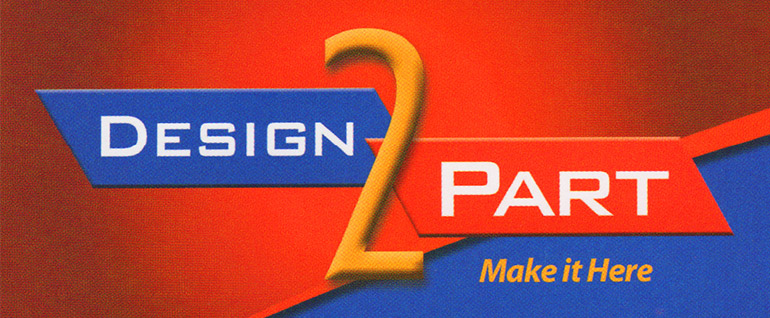This article originally appeared in the April, 2015 issue of Design2Part Magazine. You can download a PDF of the original here.
By Rebecca Carnes
Specializing in thermoformed plastic parts, Ray Products Co., Inc. understands the unique qualities needed for medical device enclosures, such as durability, aesthetics, and built-in, antimicrobial resistance. The Ontario, Calif.-based company has been manufacturing enclosures for more than 60 years, and focuses on translating that experience into high-quality medical devices. These devices include medical electronics housings; imaging (X-Ray, CT Scan, MRI) enclosures; sterile packaging; bins and trays; hospital room panels; hospital bed components; and stands and support equipment.
Medical device enclosures make up the bulk of Ray Products’ medical business, and pressure-formed and vacuum-formed enclosures can be found on surgical and diagnostic equipment in healthcare facilities across the country.
Because medical device enclosures need to hold up to day-to-day heavy use, heavy-gauge thermoformed plastic is used due to its high durability and resistance to dents and scratches. And it holds up much better than sheet metal, at a fraction of the weight, said Jason Middleton, vice president of sales and development for Ray Plastics, in an e-mailed response.
With a full, 10-foot by 18-foot thermoforming machine, Ray Products is capable of thermoforming very large parts. As part of a 48,000-square-foot manufacturing facility, Ray Products also has dedicated finishing, painting, assembly, and logistics offerings. “This lets us not only create high quality pressure formed and vacuum formed parts, but also fully integrate into our customers’ supply chain in ways that improve their manufacturing speed, efficiency, and costs,” Middleton said in an e-mailed response.
Because medical device enclosures contribute significantly to the aesthetics of the device, in-house painting and finishing capabilities are essential, he said. A thermoformed enclosure gives a product designer the ability to work in 3D, while incorporating an essentially limitless variety of molded-in colors and textures. The in-house painting facility enables Ray Products to apply aesthetic finishes like paints and silk-screens, as well as functional finishes like EMI and RFI shielding.
Sterilization is also important for medical device enclosures, Middleton said, explaining that Ray Products makes enclosures that not only can be easily cleaned, but have built-in antimicrobial resistance that helps promote a healthy environment in a medical facility.
Recently, a customer came to Ray Products for help with an enclosure of a medical vacuum cart. The company had always worked with sheet metal in the past, but quickly turned to Ray Products for thermoforming after seeing what it has to offer.
“One of the most significant challenges was that the thermoformed enclosure we were developing had to fit seamlessly with the existing injection molded, blow-molded, and sheet metal parts,” Middleton said.
Ray Products worked with the medical device company’s industrial designer to develop a highly-cosmetic, thermoformed enclosure that not only exceeded the project’s functional goals, but also communicated a distinctive style that helps the cart to stand out in a sea of “boring beige appliances,” he said.
Ray Products is an ISO 9001:2008 certified manufacturing facility with advanced manufacturing equipment like fully-automated robotic five and six-axis trimming and advanced 3D coordinate measuring systems that are accurate to within a ten-thousandth (0.010) of an inch.
Advanced robotics was used with a recent customer who wanted Ray Products to develop a replacement part that was last manufactured in 1972 and the molds for the part had long since been destroyed.
Working only with a sample part and a full-size drawing from 1972, Ray Products started by digitizing the sample part. By doing this, Ray Products was able to convert a 40-year-old piece of plastic into a 21st century, 3D model. The FaroArm used to produce 3D models of real-world objects is accurate to within a thousandth of an inch (0.001 inch), Middleton said.
Ray Products (www.rayplastics.com) then compared the 3D model created by the FaroArm with the critical dimensions from the part’s original drawing. Using this process, Ray Products was able to verify that the 3D model that it had created was an accurate representation of the engineer’s original specification, he said.
